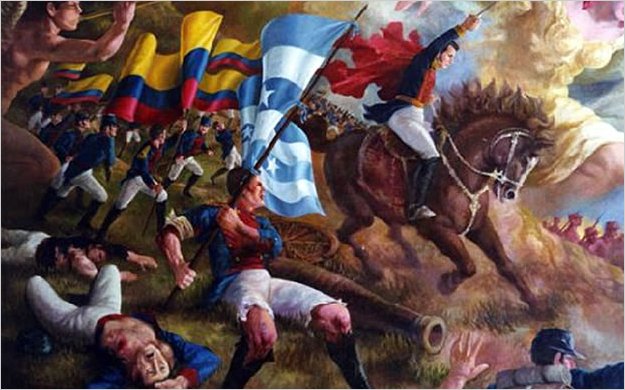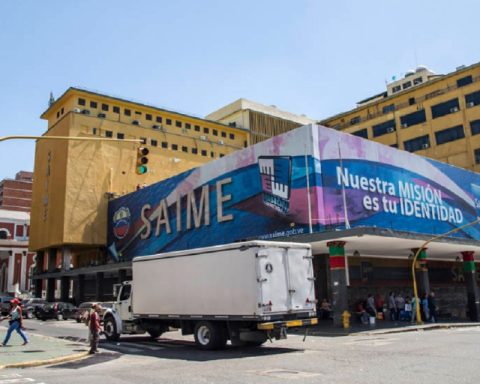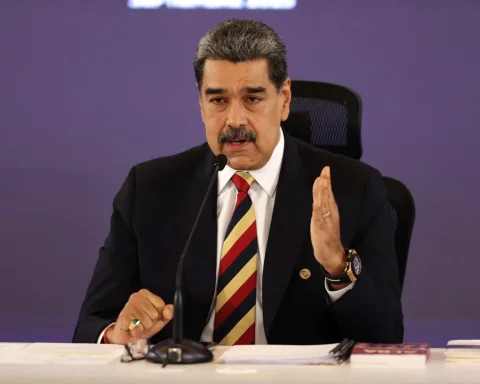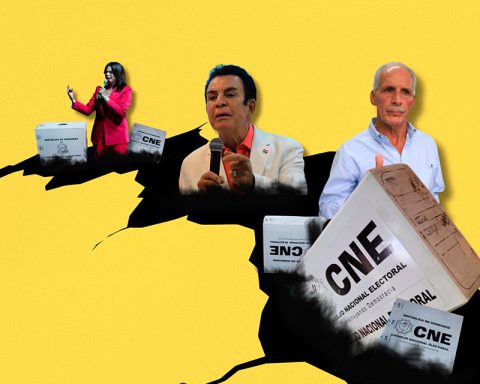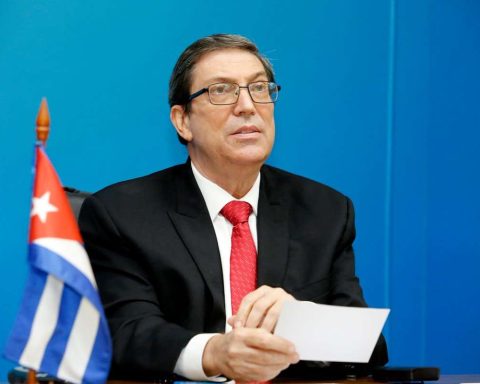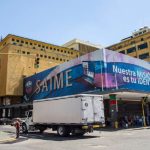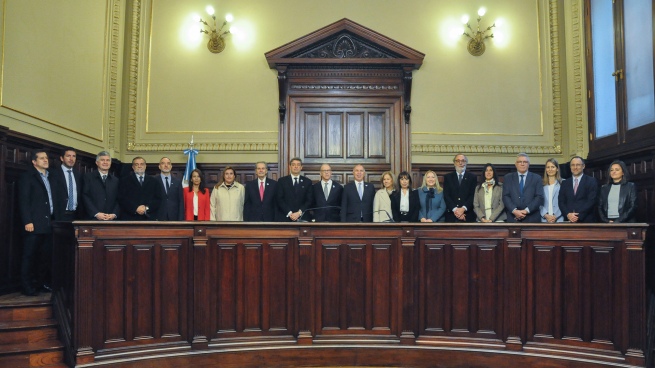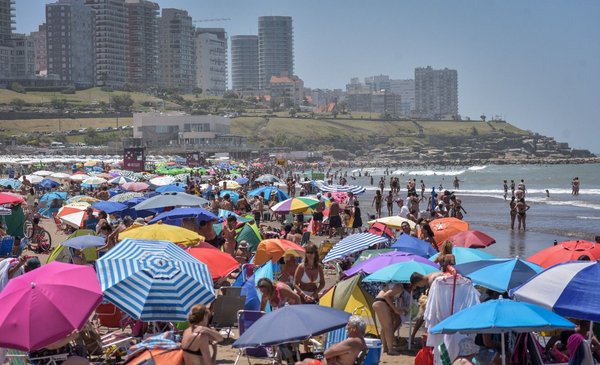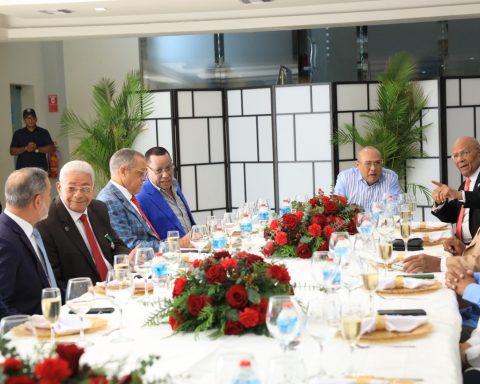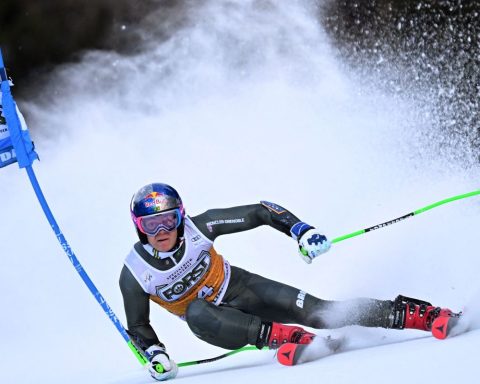In the independence framework, Venezuela developed one of the most outstanding roles that can be conceived, starting from the rebellion shown by the indigenous people, among whose chiefs -caciques- it is enough to mention Guaicaipuro-, the slaves, such as the black Andresote, to continue with the whites with Juan Francisco de León, who on April 19, 1749 (pure coincidence with April 19, 1810), rose up against the leadership of Governor J Castellanos and at the head of the residents of Panaquire, Guarenas, Guatire, Caucagua and other towns in what are now the states of Miranda and Aragua, rose up against the Compañía Guipuzcoana in an unequal fight that ultimately gave him victory, but which he had to pay for with his imprisonment in Spain itself, where he was sent; we went through the rebellions of Manuel Gual and José María España and ignoring some events, we arrived at the emancipatory feat itself that was initially led by the precursor Sebastián Francisco de Miranda, who was going to die (July 14, 1816), in the Hispanic prison of La Carraca, Cádiz, to continue with El Libertador Simón Bolívar and the Great Marshal of Ayacucho, Antonio José de Sucre, in addition to numerous patriotic leaders who gave everything for independence, highlighting among them Santiago Mariño, José Antonio Páez and dozens of more bosses.
Saint Martin sends troops
In addition to Argentina and Chile, José de San Martín arrived in Peru in 1821 and declared his independence, but this was achieved three years later with the battles of Junín and Ayacucho, led by Bolívar and Sucre. This is how in that same year, the great Argentine chief sent forces under the command of Colonel Andrés de Santa Cruz, while Sucre crossed the mountains to join him and that is how he left Guayaquil on January 20, 1821. of Guayaquil, leaves written:
“Quitenos!” The God of destiny and justice, outraged at his altars, in his ministers and in his most sacred institutes, sends us to avenge the offended religion. The desecration of the sanctuary and the desolation of that beautiful country have irritated heaven, which, identifying its cause with the cause of Liberty, sends the sword of Bolívar and the Braves of Carabobo in defense of their rights (…) Quiteños! The objective of the Army is not only the independence of your country, it is already the preservation of your properties, your lives, the faith of our fathers, the honor of the nation, which lead you to victory. The sacrilegious and the tyrants will spy on their crimes, and the smoke of your blood will be the sacrifice that we present to you for your happiness…”.
Patriots acclaimed in Cuenca
In the midst of events, Sucre and his men suffer the consequences of the weather, specifically the cold, which in fact reduces the power of their forces. The same was done by Santa Cruz, who received many of the troops of the Spanish chief Carlos Tolrá. He made efforts to prevent the unification of the forces of the republican chief with those of the Venezuelan Sucre and is forced to leave the place where he was, Cuenca, where the patriots are received, “in the midst of great acclamations.”
Bolívar triumphs in Bomboná
That pair of beings were arranged and acted practically in unison; one before the other or vice versa. There was a 12-year difference between the two: Bolívar was born, as is known, on July 24, 1783, while Sucre came into the world on February 3, 1795. The first in Caracas (Santiago de León) and the second in the capital ( Cumaná) of the state that bears his surname: Sucre. From the original text in English by Guillermo A. Sherwell we extract the following:
“Sucre began its advance on the 7th. On the 14th it traversed the difficult Azuay pass and on the 19th it was in the vicinity of Riobamba, where repeated skirmishes took place. On the 21st, his cavalry outposts found the royalists at the foot of Chimborazo (let us remember Bolívar in My Delirium on Chimborazo, in his words issued on the slopes of this volcano on October 13, 1822, the date on which 200 years) and forced them to retire. Sucre entered Riobamba, and there the good weather and fertile soil supplied the patriots with enough supplies to continue the campaign (…) At the same time that Sucre was making these moves, Bolívar on April 7 was engaged in the strange and formidable Battle of Bomboná, a battle that rather seemed to be waged with cliffs and ravines, torrents and precipices, against the same men. He faced two thousand royalists, those who fought as the soldiers of Spain have always fought, which has taught the world how to fight, how to conquer and how to die, just like the Spanish administration, With all the inconveniences and defects of the Spanish Government, which have not been greater than the inconveniences and defects of other regimes, it taught the world how to govern and organize and how to assimilate and civilize a conquered people…”.
The Sucre strategy is developed
This is how the war events for the freedom of the kingdom of Quito were developing, when the “Spaniards who did not consider themselves defeated in Bomboná, took up new positions near the battlefield and got ready to wait for the independents, in case they were attacked. again. These preparations to resist Bolivar were once again favorable to Sucre’s plans. He advanced with his army to Latacunga, where he was joined by the reinforcements that the Liberator had previously sent him, under the orders of Colonel Córdoba (a New Granadan named José María), although the losses and desertions reduced them to a third of their number. original number, which was eight hundred. From Latacunga onwards, the march was even more difficult, since the royal road was well defended by the Spaniards and Sucre had to take a short cut in which his men suffered greatly as a result of the cold and other natural hardships.
The conditions were already given for the meeting that could be considered the end of that part of the struggle for the freedom of Quito, and that came to be one more episode in the emancipatory struggle that had been waged since November 28, 1810. in the meeting that took place in the properties of the later Falcón state, which can be considered the first in Venezuela and then spread to the properties that would integrate Colombia, Ecuador, Peru and Bolivia and this without mentioning the struggles that were waged in Central America and the Caribbean, among which the cases of Puerto Rico and Cuba stand out, islands that the United States seized at the end of the 19th century, 1898, when it went to war with Spain. We already know that Cuba freed itself from that colonial bond with the struggle undertaken by Fidel Castro Ruz in 1952 and concluded in January 1958, which was later joined by Nicaragua and at the end of the 20th century, our Venezuela, with Commander Hugo Chávez at the head. . Today it is other countries that are facing the new colonialism imposed by the United States.
Towards the great battle of Pichincha
At this point, we are close to the meeting between the royalist and patriotic forces. The first under the command of Melchor Aymerich, who had assumed command, before the death of the viceroy, and the republicans with the leadership of Antonio José de Sucre. The text that we have been seeing tells us that “on May 17 (1822) the patriots were about 12 miles from the city of Quito, where the Spanish had concentrated their forces the night before. They erected fortifications and took up positions between the city and their enemies, but Sucre maneuvered them in another direction, so he had a better chance of success. The royalists avoided the encounter and waited for the awaiting troops from Pasto. Sucre decided to cut off this communication and be ready to fight the troops that came along this route. To achieve this he concentrated the guerrillas operating in the region and during the night of the 23rd he carried out a march that has aroused the admiration of historians. On the morning of the 24th he appeared between Quito and Pasto, thus preventing the city from receiving aid. After this, the royalists decided to fight, perhaps somewhat influenced by the little-disguised sympathies of the people of Quito for the patriots. The independents were on the heights of Pichincha, while the inhabitants of the city watched them from the rooftops and cheered them enthusiastically.
Finally the battle of 200 years ago
For those moments the situation was a few hours away from ending the domination of the Spaniards over the kingdom of Quito. Each side had its own location. Santa Cruz for the patriots commanded the forces of the right side; while Córdoba was responsible for the sector of the left. José Mires assumed the defense of the rearguard, while protecting the park.
development of combat
As we have seen, the terrain on which the battle of Pichincha is fought is a place that, although we do not know it, is known to be located near a volcano, which makes us think that it is not very easy to travel around its surroundings and least with cavalry. Before reaching Pichincha, other important meetings had been fought for the current territory that assumed the name of Ecuador on May 13, 1830: Guayaquil, whose liberation the Liberator put a lot of interest in this city and the battles of Yaguachí followed. (August 18, 1821), that of Huachi, which took place on September 12, 1821, and in which Sucre did not have everything with him before Melchor Aymerich. Now the moment of glory has come for Antonio José de Sucre. Let’s see the writing that tells us about the battle itself:
“…There was a moment when it seemed that the Spaniards had the advantage, advancing from the left, but Sucre rejected the maneuver, launching a body of men at them at the same moment. Accounts of personal heroism are so numerous that it is impossible to mention them all. Lieutenant Calderón is remembered, barely 18 years old, who, wounded in his right arm, took the sword in his left and continued fighting (…) For a long time it was impossible to predict which side would obtain victory (…) Sucre decided to make a supreme effort and ordered Córdoba to charge with the Magdalena battalion. The attack was brilliant, but the royalists fought back so bravely that it seemed for a moment that it would not succeed. However, Córdoba continued with great audacity and at noon, the victory was certain (…) Finally, the Spanish, after having lost many of their best men, including Captain Aymerich, son of the viceroy, began to withdraw and finally they declared themselves in complete defeat. The royalist cavalry escaped to the north, pursued by the republican. Tolrá managed to reach Pasto with some horsemen. More than a thousand prisoners were taken, including one hundred and eighty officers. The booty was 14 cannons, 1,700 rifles, and a large quantity of ammunition…”.
After the triumph, Sucre, for the nobility that accompanied him, offered the vanquished guarantees of their lives if they surrendered Quito and the next day, the royalists signed the capitulation, in the person of Melchor Aymerich.

